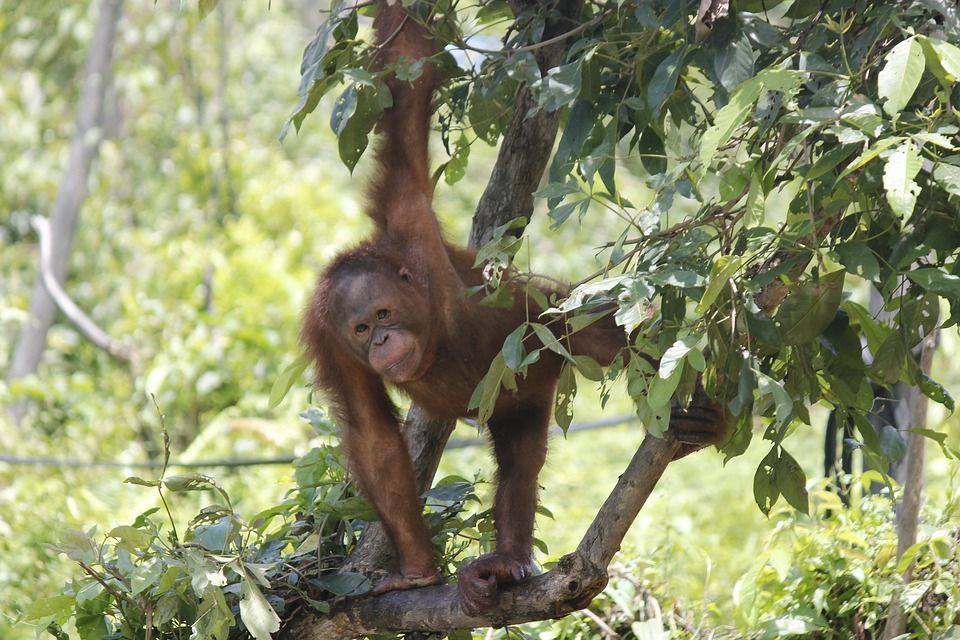Climate-resilient trees to protect orangutans in Indonesia
A new study by the International Union for Conservation of Nature (IUCN) has identified tree species that are resilient to climate change and support threatened East Bornean orangutan populations.

A new study by the International Union for Conservation of Nature (IUCN) has identified tree species that are resilient to climate change and support threatened East Bornean orangutan populations.
The team studied over 250 tree species, native to Indonesia’s Kutai National Park, and identified the species resilient to the fire and drought conditions that are expected to increase as the climate warms.
The researchers suggested that the trees resilient to climate change should be planted in buffer zones around fire-prone areas.
Sandeep Sengupta, IUCN’s Climate Change Coordinator, said: “This study provides valuable practical guidance as to how we can make a unique Bornean rainforest more climate-resilient. Of course, to halt the catastrophic impacts of climate change on nature we urgently need ambitious emissions cuts. But with climate change already impacting many species in alarming ways, nature needs all the help it can get in adapting to these rapid changes.”
The authors also identified the tree species that provide food and habitat for threatened East Bornean orangutans. To minimise conflict with humans, a key threat to orangutans, the authors recommended planting these species in areas that humans are unlikely to access.
Research last year found that more than 100,000 Critically Endangered orangutans have been killed in Borneo since 1999. It was also revealed that the company responsible for Cadbury has destroyed over 25,000 hectares of orangutan habitat in Indonesia.
Alan Lee, lead author of the study and member of the IUCN SSC Climate Change Specialist Group, said: “Selecting climate-resilient tree species can help protect the park and the orangutan populations it shelters from the impacts of climate change. We hope that the information in this study is taken up by all those working to restore this unique area of rainforest.”
Read the full report here.
